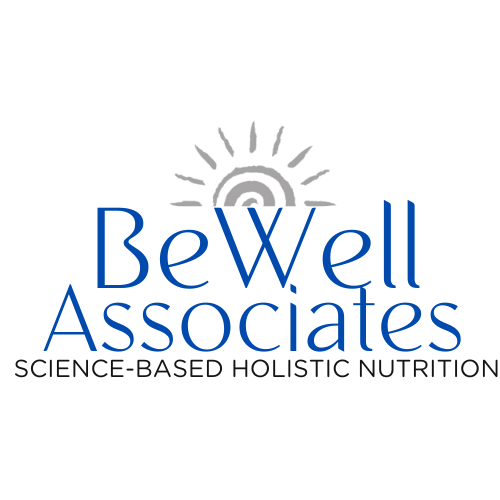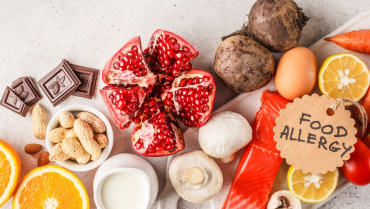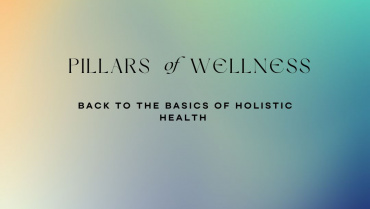When was the last time you said thank you to your liver??
The liver is an amazingly complex organ whose proper function is critical to health. In one of his essays, author C.S.Lewis said that he would rather fly a 747 without instructions than to do the work of the liver.
You may know that the liver is the only organ that can regrow, which is a good thing, given its big job of detoxifying the many toxins we are subjected to each and every day. Detoxification means purging harmful toxins, present in air, water, food, and sometimes self-generated, from our own bodies.
As we head into allergy season it’s an especially important time to make sure your liver is humming along, helping you detoxify all the pollens and allergens that you inhale.
Chemical toxins can come from solvents, pharmaceuticals, pesticides, herbicides, hormones, food additives, etc. Microbial toxins can include waste products from unfriendly bacteria, yeast, and other pathogens we may not even know we carry. Since toxins are a constant in daily life, regular detoxification is an essential part of a healthy lifestyle.
The liver has two major phases by which it neutralizes toxins.
Phase 1 draws harmful compounds from the bloodstream and converts them into intermediate metabolites,
Phase 2 converts these intermediate metabolites into water soluble form so they can be excreted through the kidneys and bowels.
The first step, Phase I, requires 50-100 enzymes that are collectively known as Cytochrome P450 (see diagram). Every single step of this complex process involves specific nutrients that help convert one step to the next. These nutrients are considered co-factors and include amino acids or proteins (such as arginine, glycine, glutamine, etc), anti-oxidants (such as Vita C, E D, etc.), vitamins (such as B1, B2, Vita E, etc) and trace minerals (zinc, magnesium, iron, copper, etc).
Phase 2 is the step in which the intermediate metabolites generated by Phase I are converted into water soluble form and excreted through the kidneys and bowels. If this doesn’t happen efficiently, people develop “chemical sensitivity”. This is a case of too many toxins and too few co-factors. This may be due to a high chemical load or exposure to a lower chemical load but over an extended period of time.
Another form of imbalance is an overly active Phase 1 and a slow Phase 2. The effect is like a logjam; too few co-factors available to move the toxins from one step to the next, and the entire waste disposal system becomes clogged.
You can get an idea of how well your Phase I is functioning byhow well you clear, or detoxify, caffeine. Generally, if you are affected by caffeine for many hours after ingesting it, your Phase I activity may be slow. If you can drink caffeine and fall asleep immediately afterwards, your Phase I may be overactive. Neither situation is ideal.
The rest of the year, diet is critical for proper and consistent detoxification. Simply eating enough protein and drinking enough water is a great form on ongoing detoxification. Adopting the suggestions below can detox your liver on an ongoing basis, which is the best way there is!
Here are our top liver-loving tips:
- Eat enough high quality protein.
- Get your dark leafy greens.
- Avoid simple carbs, even fructose.
- Start the day with warm lemon water:
- Eat more fermented foods.
- Avoid acetominephen (Tylenol).
- Minimize alcohol.
- Dry skin brushing before bathing
- Jump on a trampoline to stimulate lymph circulation
- Exercise and saunas: force toxins out by sweating
- Stay hydrated to flush out those toxins.
- Make every day a detox day and your liver will love you for it!
Detox Soup
Combine about 2 cups total of any of the following:
Ingredients:
- Celery
- Green beans
- Zucchini
- Spinach
- Kale
- Parsley
- Carrots
- Onion
- Garlic
- Any favorite spices
Directions:
Cover with water and simmer for 45 minutes. Strain and drink the broth or you can puree the veggies and sip on that. Make small batches fresh. Don’t freeze.
BeWell!





Add Comment